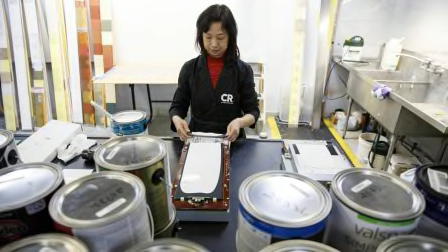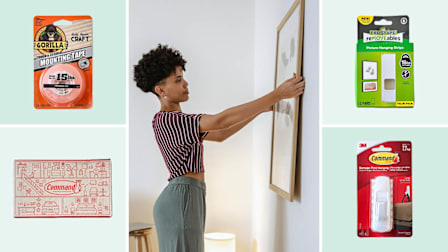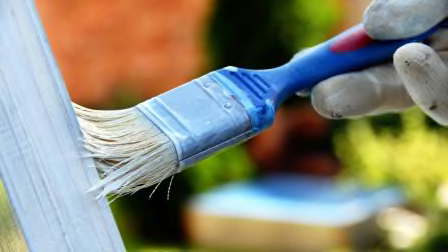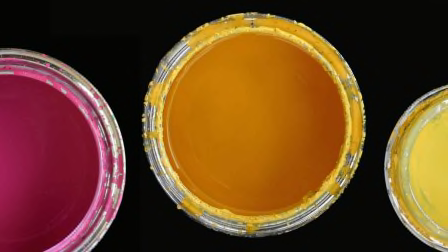It's Okay to Skip the Primer When You Paint
CR's tests show that self-priming paints will do the trick most of the time
When you shop through retailer links on our site, we may earn affiliate commissions. 100% of the fees we collect are used to support our nonprofit mission. Learn more.
To prime or not to prime. That is the question. About a decade ago, manufacturers introduced so-called self-priming paints, which allow you to skip priming altogether. But people still debate whether that’s a good idea.
“Contractors rarely use self-priming paints,” says Deborah Zimmer, a spokeswoman at Dow Chemical Company. “They worry that if the paint-and-primer product doesn’t give them the appearance or performance they need, they will waste time having to redo the job.”
Typically, contractors use a primer, then two coats of paint—the primer to seal the surface and improve paint adhesion and the paint to provide color and protection.
Best Interior Paints From CR's Tests
Here are five top paints from our tests, none of which require a primer, listed in alphabetical order. For more information, see our paint buying guide and our full interior paint ratings for details on nearly two dozen lines of paint, including those from Behr, Benjamin Moore, Kilz, PPG, Prestige Paints, Valspar, and more.

















